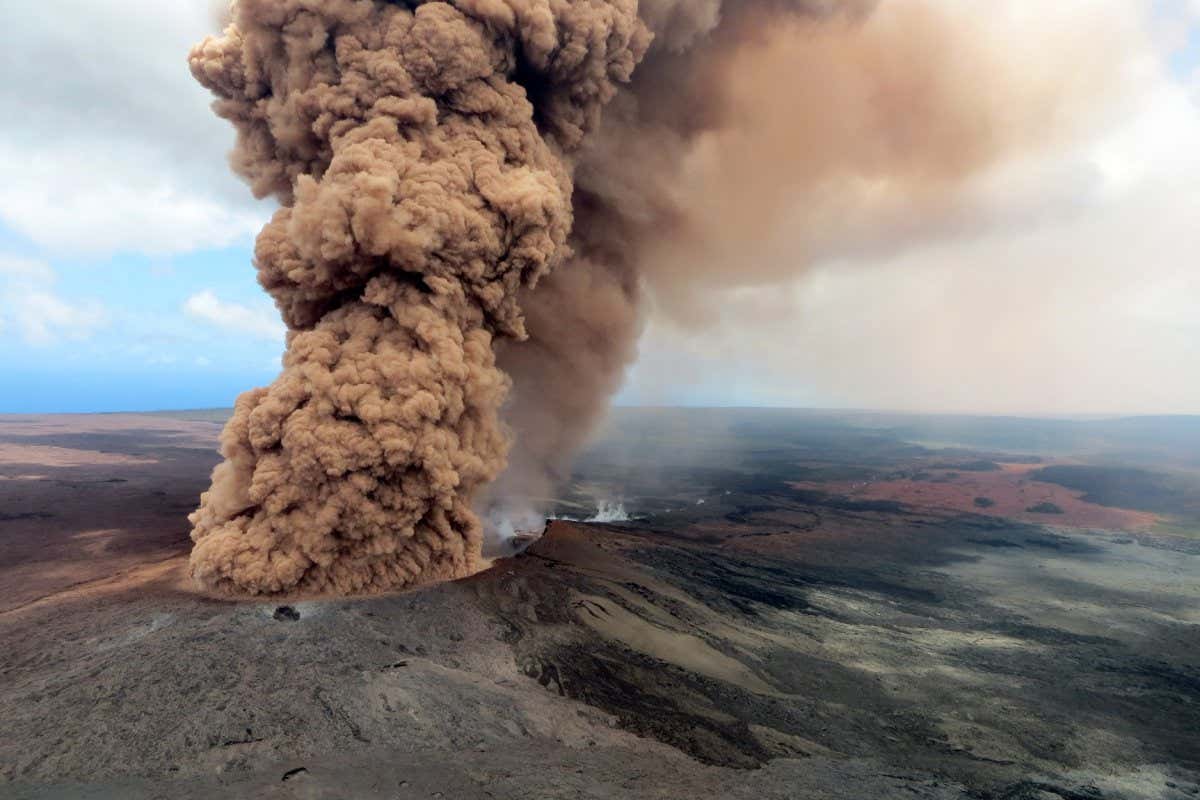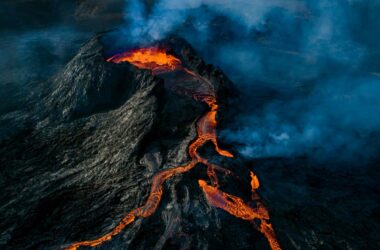
The plumes of rock feeding Earth’s volcanic hotspots are much cooler than previously thought, suggesting that geologists need to come up with a new explanation for the sources of volcanic activity in places like Iceland and Hawaii.
Volcanic hotspots are unconnected to volcanic regions at the boundaries of tectonic plates. They are thought to be fed by hot plumes of rock from deep in Earth’s mantle, which have expanded and risen because of high temperatures.
But Carolina Lithgow-Bertelloni at the University of California, Los Angeles, and her colleagues have found that a number of these hotspots are being fed by relatively cold material, which suggests that other dynamics may be at work.
“We’re not saying these aren’t hotspots; we’re saying yes they are, but there are different mechanisms that help them rise,” says Lithgow-Bertelloni. ”You may still have slightly warm material that comes up, but it’s not coming up all from depth and all in the same way; it’s being aided by other processes in the mantle.”
Calculating the temperature beneath volcanic hotspots is difficult. The upper mantle can be anywhere from 250 to 600 kilometres deep, ruling out direct access. Lithgow-Bertelloni and her team measured the speed of seismic waves travelling underneath volcanic hotspots and inferred temperatures based on a model of the rock makeup.
The researchers then compared these temperatures with the relatively cold volcanic regions beneath ridges, at tectonic boundaries. According to classical theory, the plumes need to be between 100°C and 300°C hotter than ridges to rise.
But more than half of the hotspots the researchers studied were less than 100°C hotter than ridges. Almost a sixth of the hotspots were essentially cold, meaning they were no more than 36°C hotter than ridges.
“You wouldn’t expect very low temperature excesses, because that means you’ve got very little driving force for the thing to blob up and rise in the first place,” says Oliver Shorttle at the University of Cambridge.
The study found that the ratio of helium isotopes differed between cold and hot hotspots, which suggests that they may come from different parts of the mantle. Understanding the differences between different volcanic hotspots, and what lies beneath them, could reveal the history and development of Earth’s tectonic plates.








